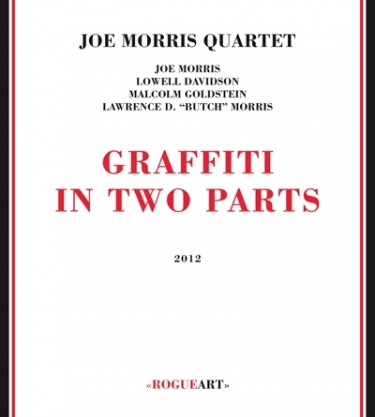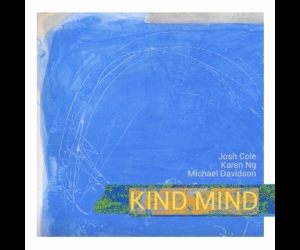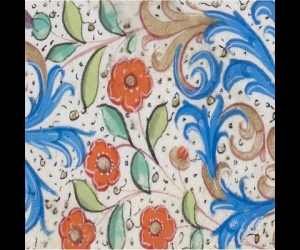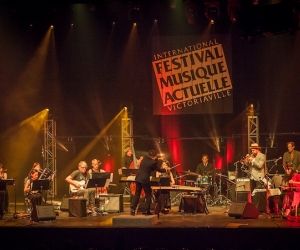
Graffiti in Two Parts documents an exceptional moment in improvised music—a one-time performance by a loosely assembled band in 1985. In 1981 Boston guitarist Joe Morris met Lowell Davidson, an elusive figure in the history of free jazz, who had recorded a single CD as a pianist for the ESP label in 1965. The youthful Morris worked at finding a way to play with Davidson, whose music consisted of slow-moving blocks of sound. At the time, Davidson was playing bass and “favoured the bow on bass and often played tremolos on one note with clashing harmonic overtones and wavering intonation.” Morris worked out an approach combining interests in West African string instruments like the riti (Morris would use his pick as a bow to get a similar effect) and the percussion elements in the music of Olivier Messiaen. Morris invited violinist Malcolm Goldstein and cornettist Butch Morris (just before he gave up playing for conducting) to join him and Davidson in a performance called Graffiti in Two Parts, associating the music with the complex coding of street art. The music has a striking identity—complex, ever shifting—with Butch Morris’ isolated cornet blasts giving sculptural mass to the teeming detail of the strings, stretched to include Joe Morris’ banjo ukulele, a ukulele with a banjo body. This record is a testimony to the potential endurance of an ensemble that existed for a single evening and is only Davidson’s second commercial release.


